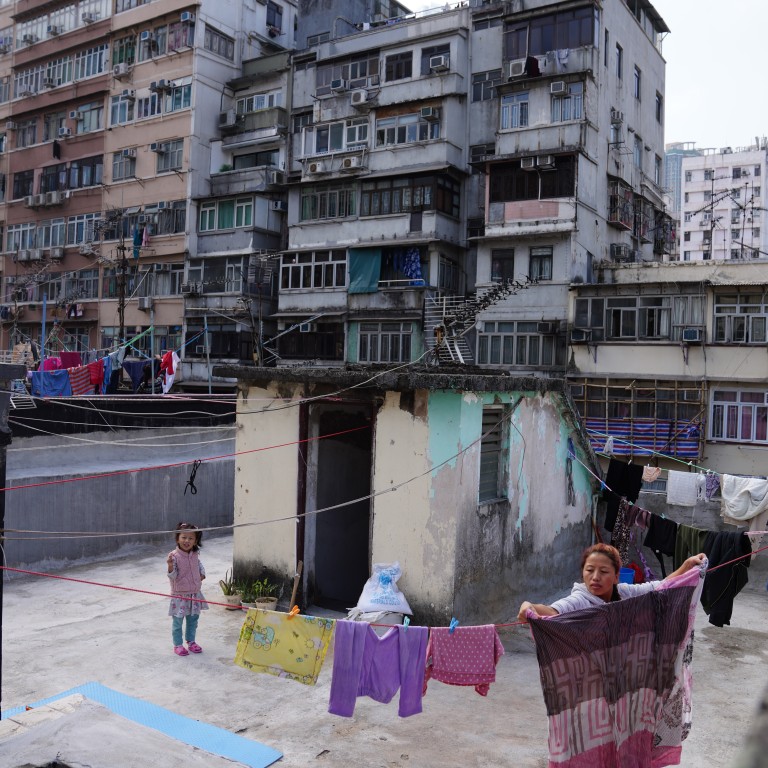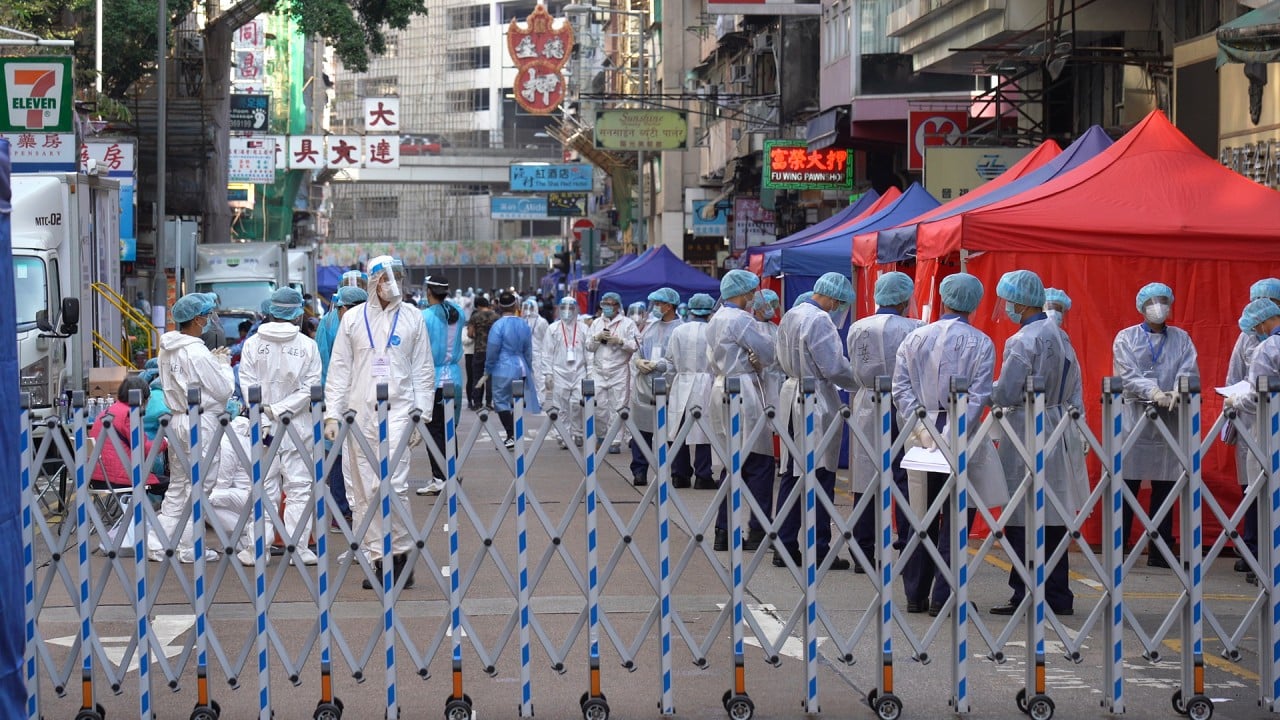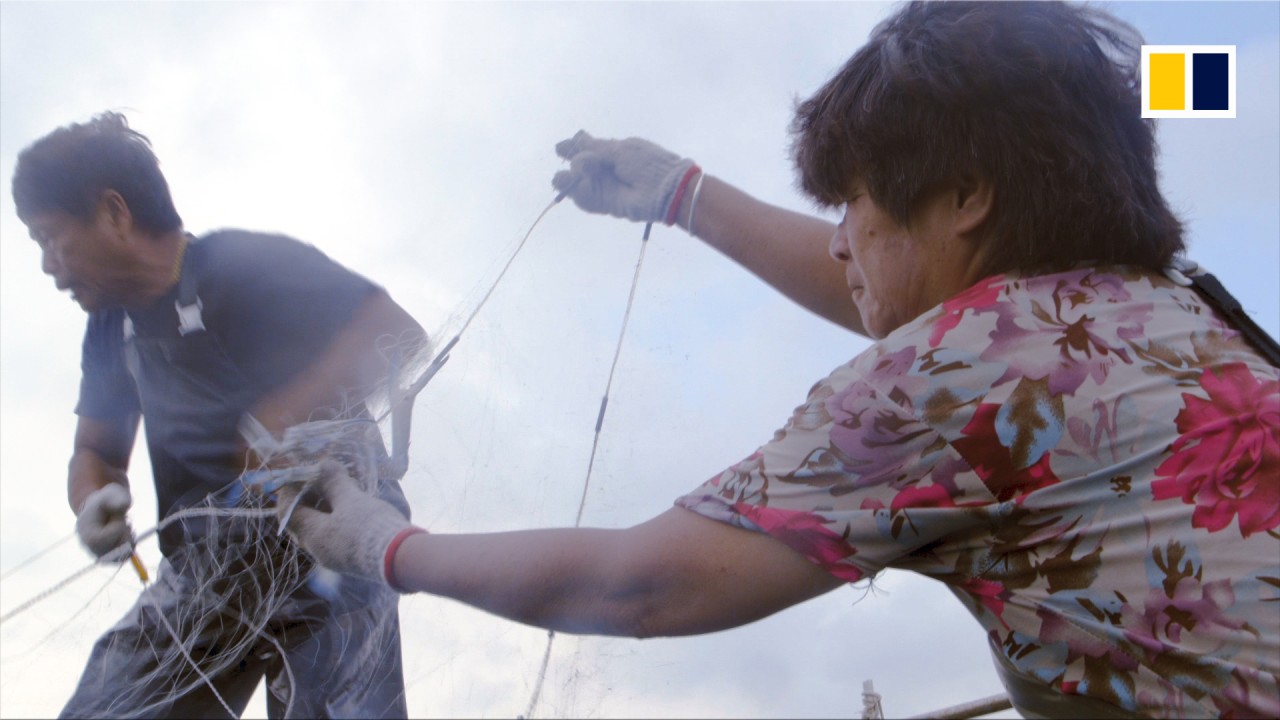
Hong Kong’s fourth wave: crumbling Yau Tsim Mong’s overdue repairs more urgent than ever in pandemic
- Densely populated with old, subdivided flats in poor repair, the Kowloon district has, unsurprisingly, become a centre of Covid-19 contagion
- Immediate action is needed to tackle the dilapidated housing and poor living conditions
Thirteen hidden cases were discovered and isolated. Disrupting people’s lives and livelihoods is not the optimal way to manage a pandemic. However, it is also true that we are in an emergency and trying to put out a fire as rapidly as possible.
This behaviour needs to be addressed, and I was happy to see local companies unhesitatingly stand for their ethnic minority workers.
Anyone familiar with this part of Kowloon will hardly be surprised that it has emerged as a centre of contagion in this pandemic. Yau Tsim Mong is the second most densely populated area in Hong Kong. Many buildings contain illegally subdivided flats, and a recent Urban Renewal Authority study of Yau Ma Tei and Mong Kok found 90 per cent of the buildings over 30 years old, with the average building age of 52 years.

03:02
Hong Kong coronavirus lockdown: 10,000 people confined as police cordon off part of Yau Tsim Mong
When these drainage-related, virus-spreading problems are discovered in public housing, the Housing Authority or Housing Society can move quickly and fix them. But the old housing in Yau Tsim Mong is not government-managed – it is a patchwork of privately owned buildings, making any fixes much more complex.
Speaking at a press conference over the weekend, Chief Secretary Matthew Cheung Kin-chung said the district was densely populated, and some residents were living in poor conditions.

02:36
Hong Kong fishermen fear reclamation could cost their livelihoods
The government, NGOs and the private sector need to start thinking and working together to find things we can do immediately to repair the area’s crumbling housing and improve the living conditions.
The drawback is that the programmes typically have complicated requirements, and a limited range of projects qualify for support. Perhaps these programmes could be expanded to include buildings over 30 years old, rather than over 40. And the list of approved improvements should be expanded to prioritise building ventilation and sewage drainage inspection and upgrades, just as window replacements were prioritised in earlier programmes.
It is tempting to look for big-picture solutions to complex urban planning issues. It is always easier to tear down and start over. But, right now, Yau Tsim Mong is an overcrowded district with inadequate housing in the middle of a pandemic, and it does not have the luxury of time. It is urgent that we look for targeted small solutions to alleviate the district’s housing crisis as much as possible now.
Bernard Chan is convenor of Hong Kong’s Executive Council

